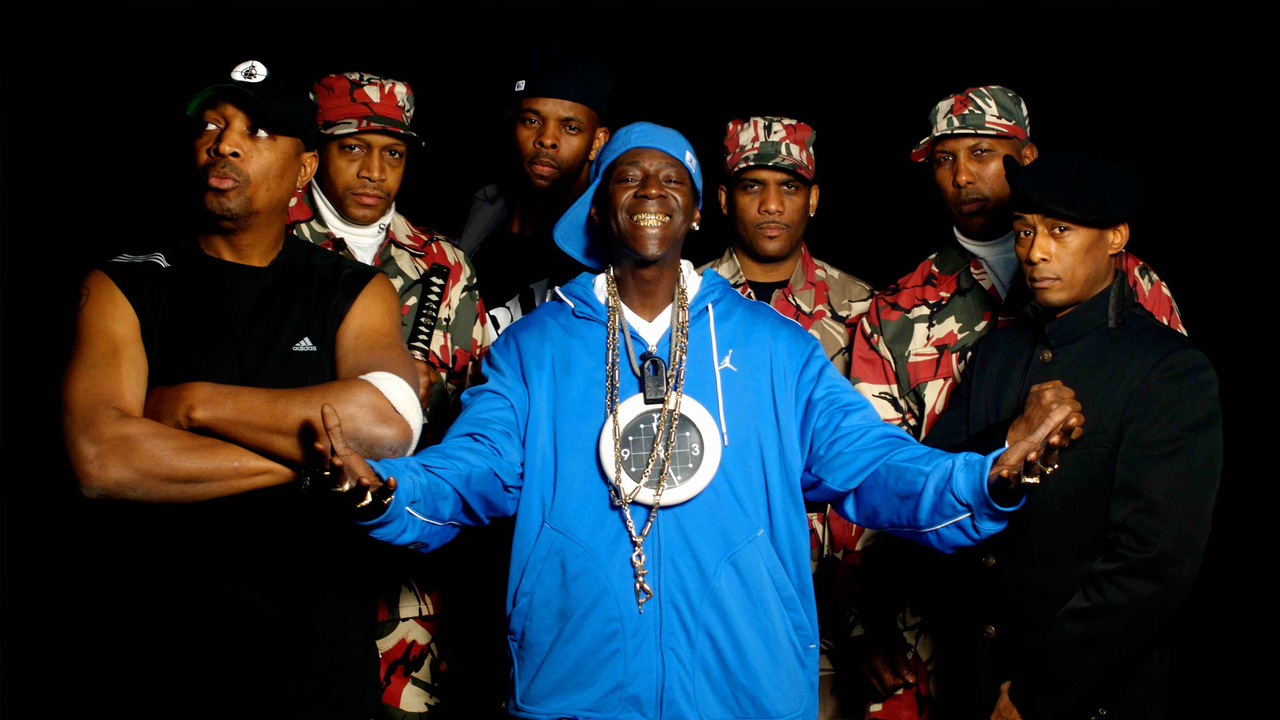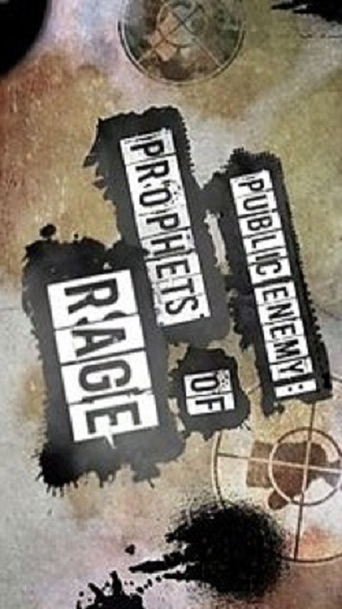PiraBit
if their story seems completely bonkers, almost like a feverish work of fiction, you ain't heard nothing yet.
Samuel Bair
The world has changed in major ways since the time of Martin Luther King Jr. The expansion of African-Americans' influence on the world has expanded exponentially since the time of Jim Crow laws. This expansion has come to the point that in the year 2008, America democratically elected the first African-American president. This highly esteemed office has made members of different races take higher esteem for political office. Two examples of this would be presidential candidates Ben Carson and Bernie Sanders. However, at the same time as this perceived racial progress, tensions have risen to new heights. Between the events of Ferguson and the many off shoots that have arose from conflict of police and members of the community, many people feel a new storm of racial hostility. Many movements such as Black Lives Matter have expressed their concern for problems that affect minority communities in this day and age. In times like these, it is important to reflect upon the influence of prominent members and political activists of the past and see how their actions shaped the modern world. Leaders such as Martin Luther King Jr. and Malcolm X have been largely leaders of the past where their voice have become general wisdom over the specific political motivations and conflicts they had during their lives. A modern hero is needed to lead the population against modern hegemony. Public Enemy is one of these modern examples of leaders who have had modern impacts upon the world. The communication of these ideas to a new generation is absolutely critical to expressing Public Enemy's political aspirations and personal life. Unfortunately, Public Enemy: Prophets of Rage fails to communicate the critical thought, intrigue into the subject's biographical information, and Public Enemy's global impact beyond the superficial. James Hale's portrayal of Public Enemy in the film shows them as fighters of hegemony with cases ranging from MLK day in Arizona and emergency services response times in poor communities to general statements about fighting those in power. Unfortunately, the presentation of these political movement offer nothing of true substance because of the way the James Hale, the director, portrays Public Enemy as flawless beings that faced only negative critics. This is shown especially in the section of the documentary relating to the infamous Professor Griff interview. The increased level of presentation to strengthen the impact of Public Enemy that could be possible if the director had created conflict at this point of documentary would be tremendous. The opponents of Public Enemy are still alive and grew alongside with the band. If the director had allowed the viewer to form their own conclusions as to the actions of Professor Griff, it could have been a highlight to the documentary. Instead, the director tells you how to think about the entire situation by creating a one sided argument of Professor Griff defending his actions. This conflict creation is certainly possible in documentaries. A great example of this is Bigger, Faster, Stronger* by Chris Bell. In the documentary about steroids, he directly comes into conflict with those who are pro-steroids like himself and those completely against steroid use. Bell presents his evidence as well as his opponents evidence without directly forming conclusions for the viewer. The primary failure of Public Enemy: Prophets of Rage is its inability to create any sort of flowing narrative through the documentary. Personally, I don't judge documentaries different than any other kind of film. When watching a documentary, it is important to ask: would this film lose any value if it had no basis in reality? The answer is that the mere fact that it is real should not exclude it from criticism of other movies. There is no real excuses for this BBC TV production. The series Planet Earth is a great TV series documentary because of it excellent cinematography and its ability to use the collected footage to create climax in simple scenes of nature. Both of these documentaries were produced by BBC, which can lead to the conclusion that the quality is not a result of the BBC Studios, but of the skills of the director himself.The faults of this documentary can be found in the choices made by the director in the presentation of the material. Even other TV documentaries about music are at a minimum able to create a sense of discovery with the documentary. An example of this can be found Metal Evolution by Sam Dunn as he takes you across the adverse affects what certain kinds of metals affected not only other kinds of metals, but other kinds of music and outside the realm of music. There is no discernible effort into creating climax for this film through methods that have already been proved to be effective at story telling. In conclusion, while Public Enemy: Prophets of Rage was able to communicate the details of Public Enemy that could have been just as effective if communicated through a paper written by a secondary school child, it fails with thinking beyond superficial impacts, concluding critical messages, and adding interesting biographical information that could have led to great character development of Public Enemy. This movie earns three out of ten stars.

